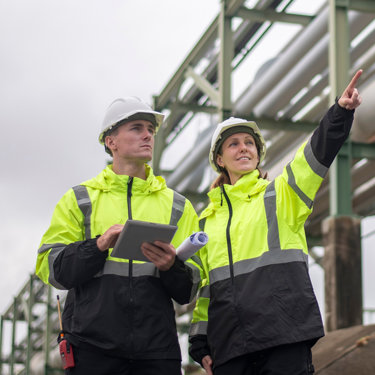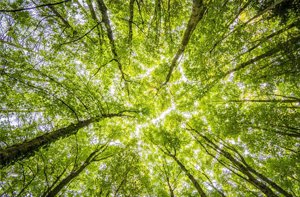
Blue carbon consulting
Ready to discuss your project?
Please leave your details and a member of our team will reach out to discuss your requirements in more detail and arrange next steps.
We work with organisations and local authorities who manage rivers, lakes, reservoirs, and coastal areas to map, measure, validate, create, and restore blue carbon habitat.
This is either used to demonstrate a carbon sink against Net-Zero targets, or can be commercialised and sold as certified carbon offsets.
‘Blue carbon’ refers to carbon which is captured from the atmosphere and stored in aquatic environments as the result of photosynthesis and the breakdown of matter. Blue carbon, as a nature-based solution, is a vital element in tackling climate change.
Features and outputs
- Diverse team of marine geologists, ecologists, water quality specialists and sustainability professionals.
- Mapping of seafloor sediment, seagrass, kelp, coral, algae molluscs etc.
- Baseline current blue carbon stocks and annual sequestration rates.
- Robust carbon data backed up by best practice mapping, sampling, and laboratory analysis techniques.
- Assess the impact of manmade activities on blue carbon habitats and how much carbon is released.
- Help prevent damage to blue carbon habitat such as pollution prevention.
- Restore existing blue carbon habitats and create new habitats in suitable locations.
Added value
Understand value
Investment
Preparation
Define a ‘blue carbon’ boundary
Firstly, a blue carbon boundary is established, depending on the nature of the waterbody and the extent of the client’s control. This could be a stretch of river or a set distance out to sea.
Data gathering and literature review
We then review desktop data such as geology maps, and ecology and aquatic species assessment to understand whether existing habitat has already been surveyed. If yes, we use this data to inform further work. If no such surveys have been carried, we can conduct predictive modelling based on publicly available data.
Habitat modelling and environmental variables
Geological seabed substrate data is used to model sediment carbon storage potential.
In predicting whether certain types of blue carbon habitat are likely to be present we combine multiple datasets including:
- Seabed depth
- Substrate type
- Wave exposure
- Kinetic energy of currents
- Light penetration of seabed
- Water temperatures
Some species prefer certain conditions, like shallow and sheltered waters. Some marine vegetation can only grow within 20metres of the surface to get enough light for photosynthesis. Our models present a likelihood of each species presence and extent.
Threats to Blue Carbon Habitat
Activities in marine spaces that can impact blue carbon stores include pollution from effluents, fishing, dredging, and mining. All of these aspects have the capacity to degrade habitat, reduce future carbon sequestration rates, and release locked-up carbon back into the atmosphere.
Carbon calculations
Once the areas of each habitat are mapped, and the impact of manmade activities taken into account, they are multiplied by the relevant carbon conversion factor (the amount of carbon sequestered and stored).
Monetary value
A value is then calculated against the U.K Government Department for Business, Energy and Industrial Strategy (DBEIS) non-traded carbon price, to provide a financial context to the societal value of sequestered carbon. An indication of the current blue carbon price on voluntary traded carbon offset markets is provided to demonstrate the potential income of blue carbon restoration projects.
Habitat restoration
Adler and Allan’s in-house team of terrestrial and aquatic ecologists can support the design and implementation of habitat restoration projects in wetlands, saltmarshes and underwater environments. We ensure that all habitat restoration project remove carbon, but also enhance biodiversity, benefit the wider communities, add social value, and aid health and wellbeing.
Validation sampling
In order for blue carbon assessments to be robust, they must include validation of the carbon stocks and sequestration rates. This is key to allowing blue carbon to be reported against Net-Zero target, or to be certified as a carbon offset for ale on voluntary markets.
Adler and Allan can conduct the following sampling techniques:
- Drop down video (DDV)
- Underwater remotely operated vehicle (ROV)
- Snorkel surveys
- Diver surveys
- Core sampling
- Side scan sonar
- Grab sampling
- Laboratory analysis
- Drone surveys
As blue carbon habitats are either created or restored, on-going validation will be necessary to demonstrate tangible carbon removals. Adler and Allan can support the development of an appropriate validation strategy with suitable frequency and extent of sampling to fulfil varying degrees of assurance, depending on circumstance.
You might also be interested in...
Environmental compliance today, creating a sustainable tomorrow
Helping you reduce risk to the environment and your operation by managing assets compliantly while achieving commercial, ESG, and net-zero goals.
Contact our experts



